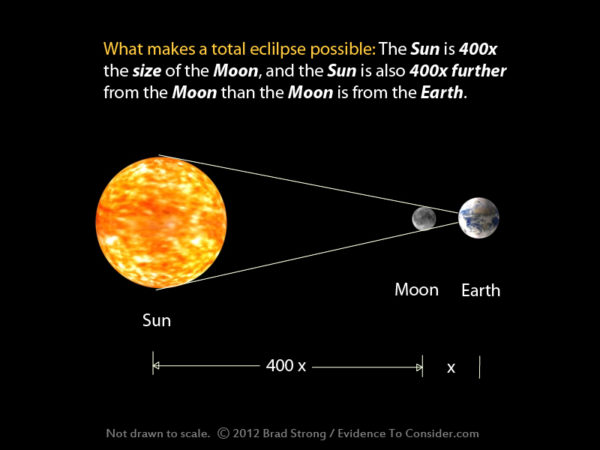

Potential wellness benefits aside, many people find moonlight soothing. Moonbathing, or soaking in the light of the moon, also figures into Ayurveda, a long-standing approach to medicine in India. When incorporated into meditation - a practice known to relieve stress and calm the mind - moon gazing may prove even more relaxing. Trataka (steady gazing) meditation, a key yogic technique, often involves a candle flame however, some practitioners focus their gaze on other objects, including the moon.
#Sun moon star order meaning how to#
Keep reading to get the basics on this unique approach and learn how to try it for yourself. Moon gazing meditation aims to harness these benefits and weave them into regular meditation for a more powerful practice. Still, exposure to moonlight can lead to feelings of awe and peace, along with a greater sense of connection to the universe.

There are also plenty of myths and legends about the moon’s power, though science has yet to find support for the more mystical among them. The moon plays an important role in Earth’s tides, and its phases help people keep track of passing months and seasons. Is it any wonder, then, that cultures around the world revere the moon as sacred - even magical? Many people consider its light somewhat special, since it has the power to brighten the darkest corners of the night. The moon is probably one of the first celestial bodies you learned to recognize. From harvest moon to blood moon, from crescent to quarter to full, the moon remains a familiar presence in the sky. On most nights, it’s possible to look up and see one of the moon’s many faces. If you buy through links on this page, we may earn a small commission. We include products we think are useful for our readers. Share on Pinterest Manuel Breva Colmeiro / Getty Images – Curated by Monica Pardo


 0 kommentar(er)
0 kommentar(er)
